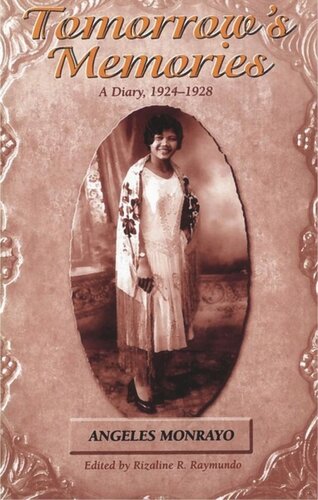

Most ebook files are in PDF format, so you can easily read them using various software such as Foxit Reader or directly on the Google Chrome browser.
Some ebook files are released by publishers in other formats such as .awz, .mobi, .epub, .fb2, etc. You may need to install specific software to read these formats on mobile/PC, such as Calibre.
Please read the tutorial at this link: https://ebookbell.com/faq
We offer FREE conversion to the popular formats you request; however, this may take some time. Therefore, right after payment, please email us, and we will try to provide the service as quickly as possible.
For some exceptional file formats or broken links (if any), please refrain from opening any disputes. Instead, email us first, and we will try to assist within a maximum of 6 hours.
EbookBell Team

0.0
0 reviewsAngeles Monrayo (1912–2000) began her diary on January 10, 1924, a few months before she and her father and older brother moved from a sugar plantation in Waipahu to Pablo Manlapit’s strike camp in Honolulu. Here for the first time is a young Filipino girl’s view of life in Hawaii and central California in the first decades of the twentieth century—a significant and often turbulent period for immigrant and migrant labor in both settings. Angeles’ vivid, simple language takes us into the heart of an early Filipino family as its members come to terms with poverty and racism and struggle to build new lives in a new world. But even as Angeles recounts the hardships of immigrant life, her diary of "everyday things" never lets us forget that she and the people around her went to school and church, enjoyed music and dancing, told jokes, went to the movies, and fell in love.
Essays by Jonathan Okamura and Dawn Mabalon enlarge on Angeles’ account of early working-class Filipinos and situate her experience in the larger history of Filipino migration to the United States.